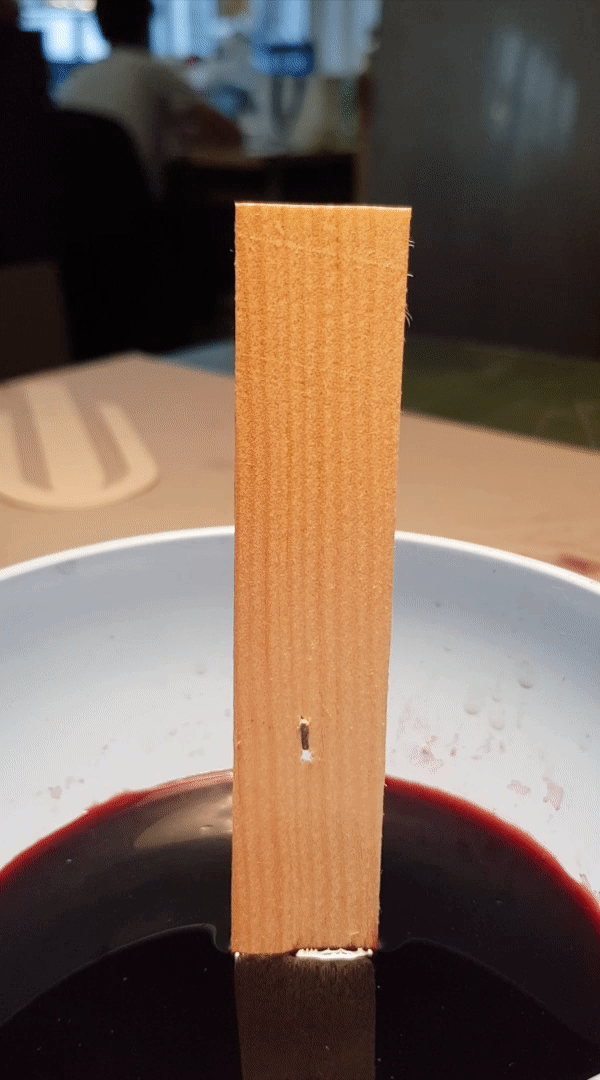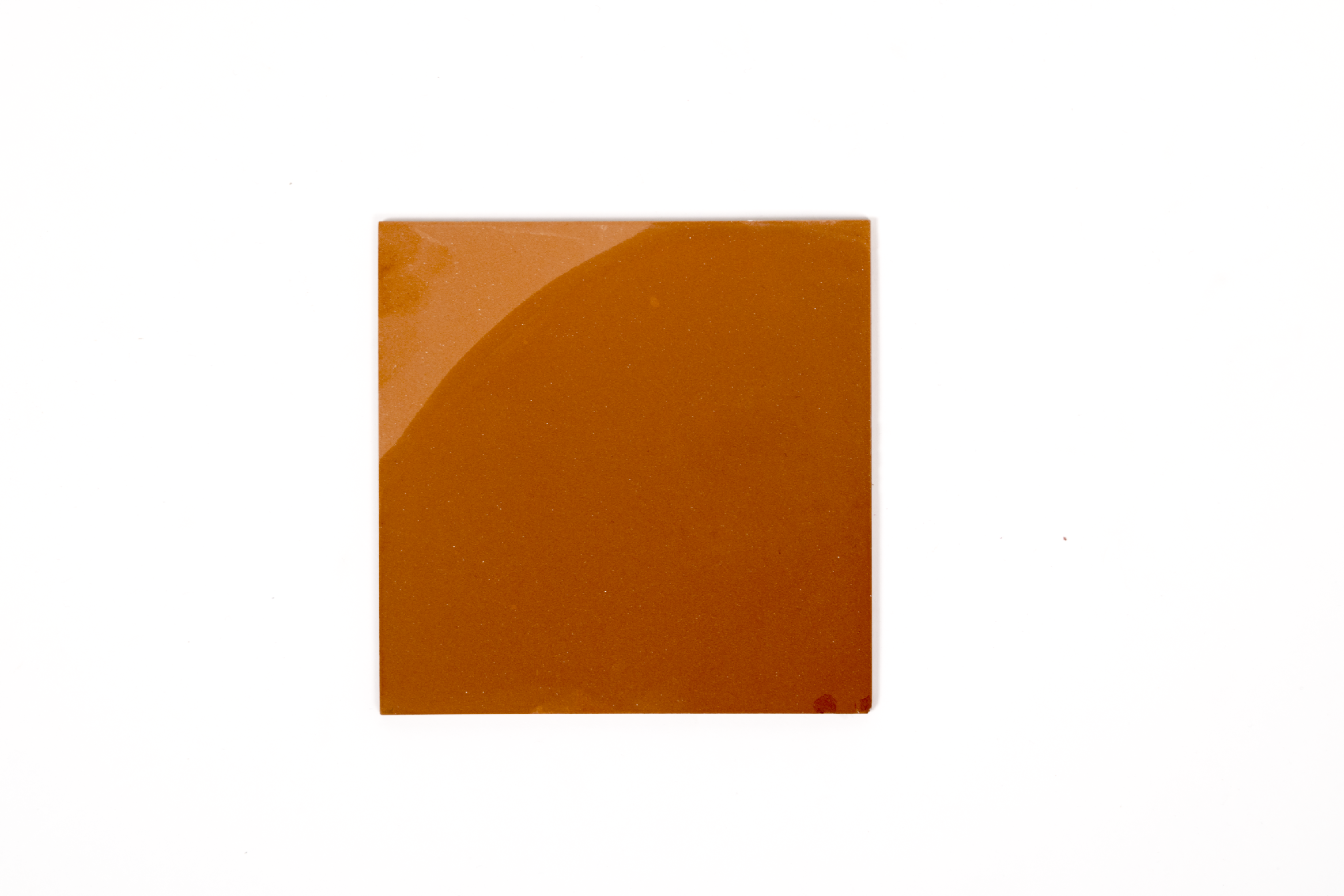Matières Spécifiques
-
Master graduation project, 2018
Direction, Jean-Francois Dingjian
ENSCI Les Ateliers
-
-
The paper clay air-humidifier
The paper clay air-humidifier is an earthenware object designed for the home environment.
To work, it simply uses capillarity and evaporation
Earthenware-clay is a natural material with ancestral applications related to the regulation of temperature and humidity. To work, it simply uses the physics principle of capillarity. With the help of a ceramist and a fluid mechanics engineer, I went back and forth between clay experiments and theoretical physics principles to develop for the object a paper composite porous earthenware-clay.
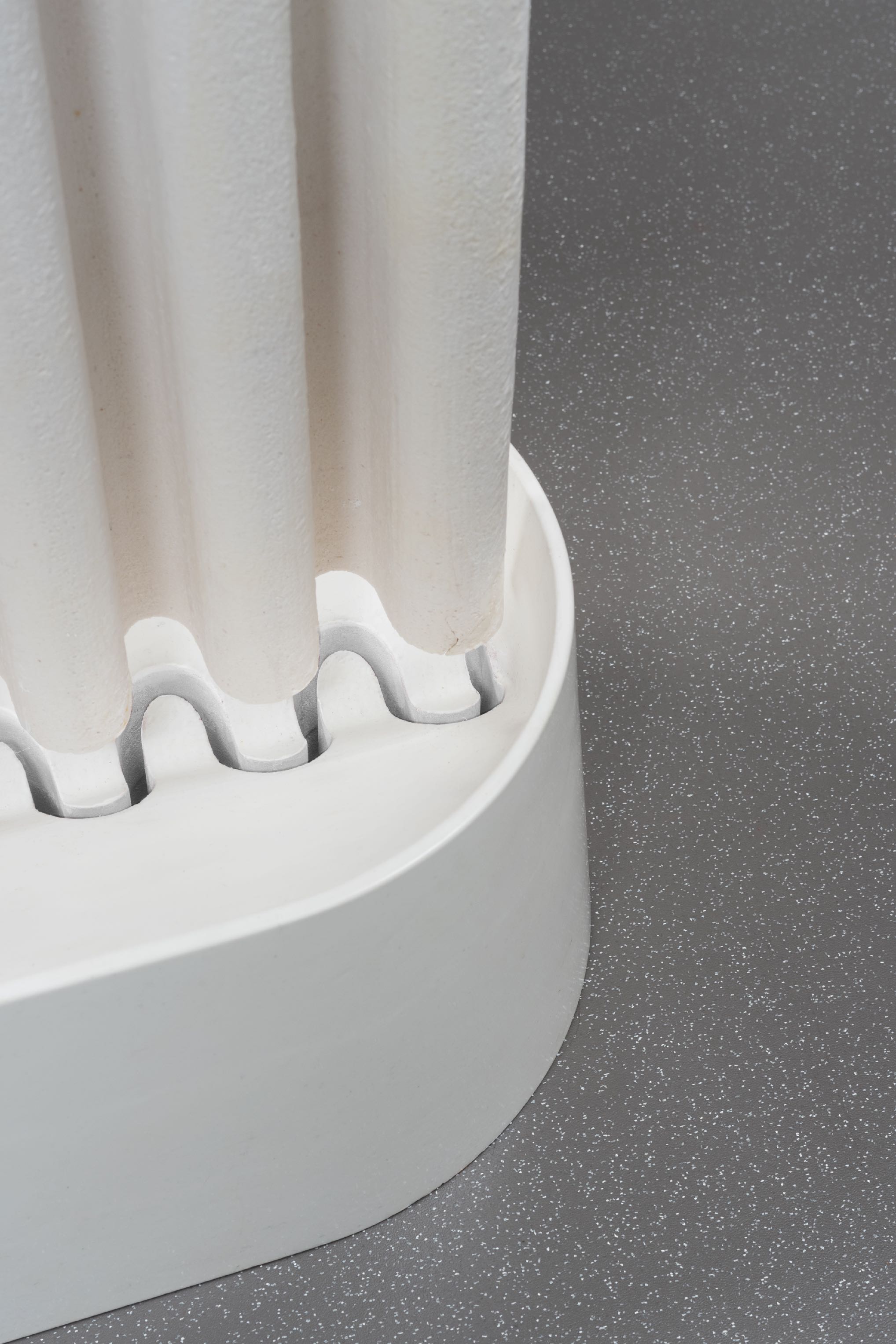
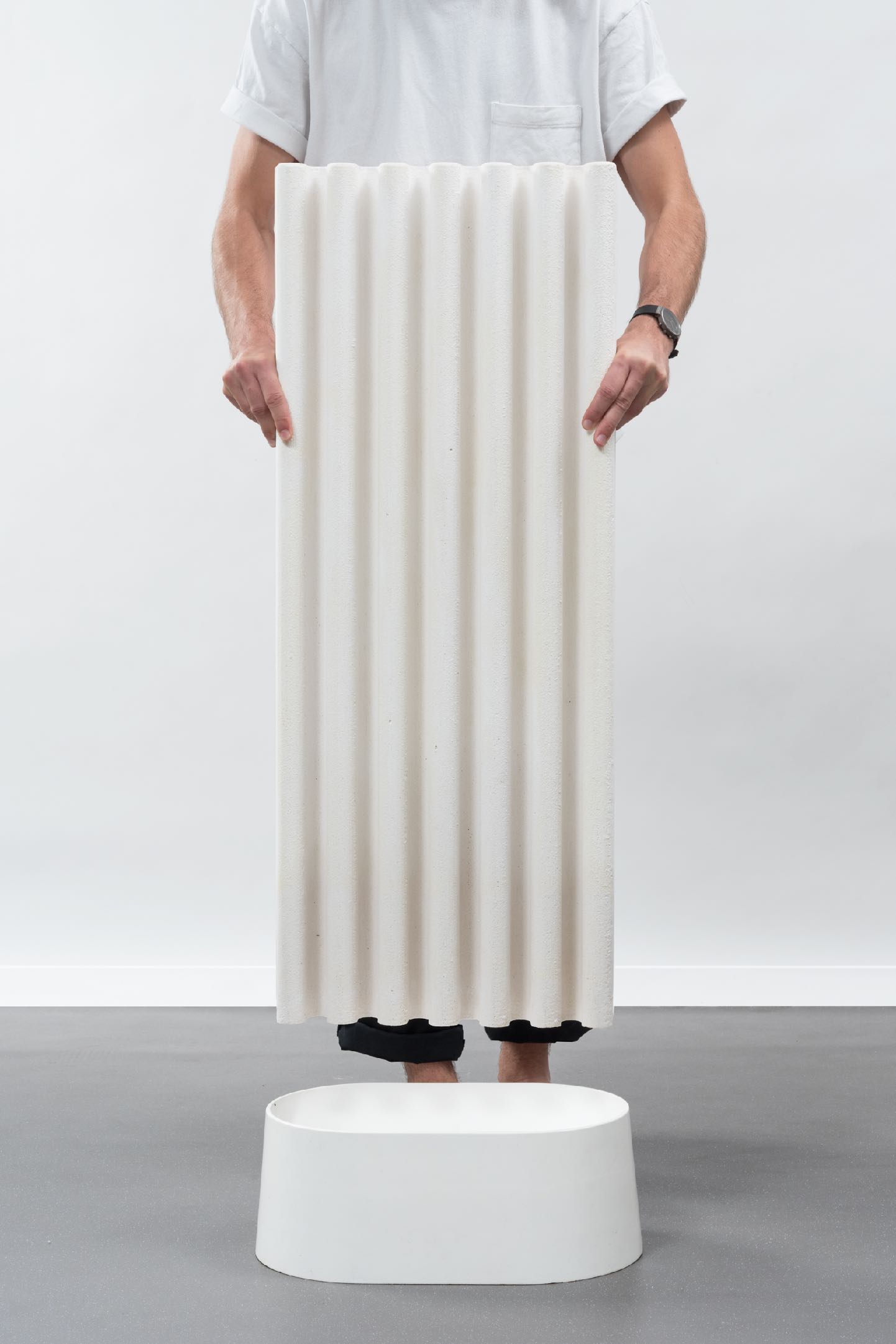
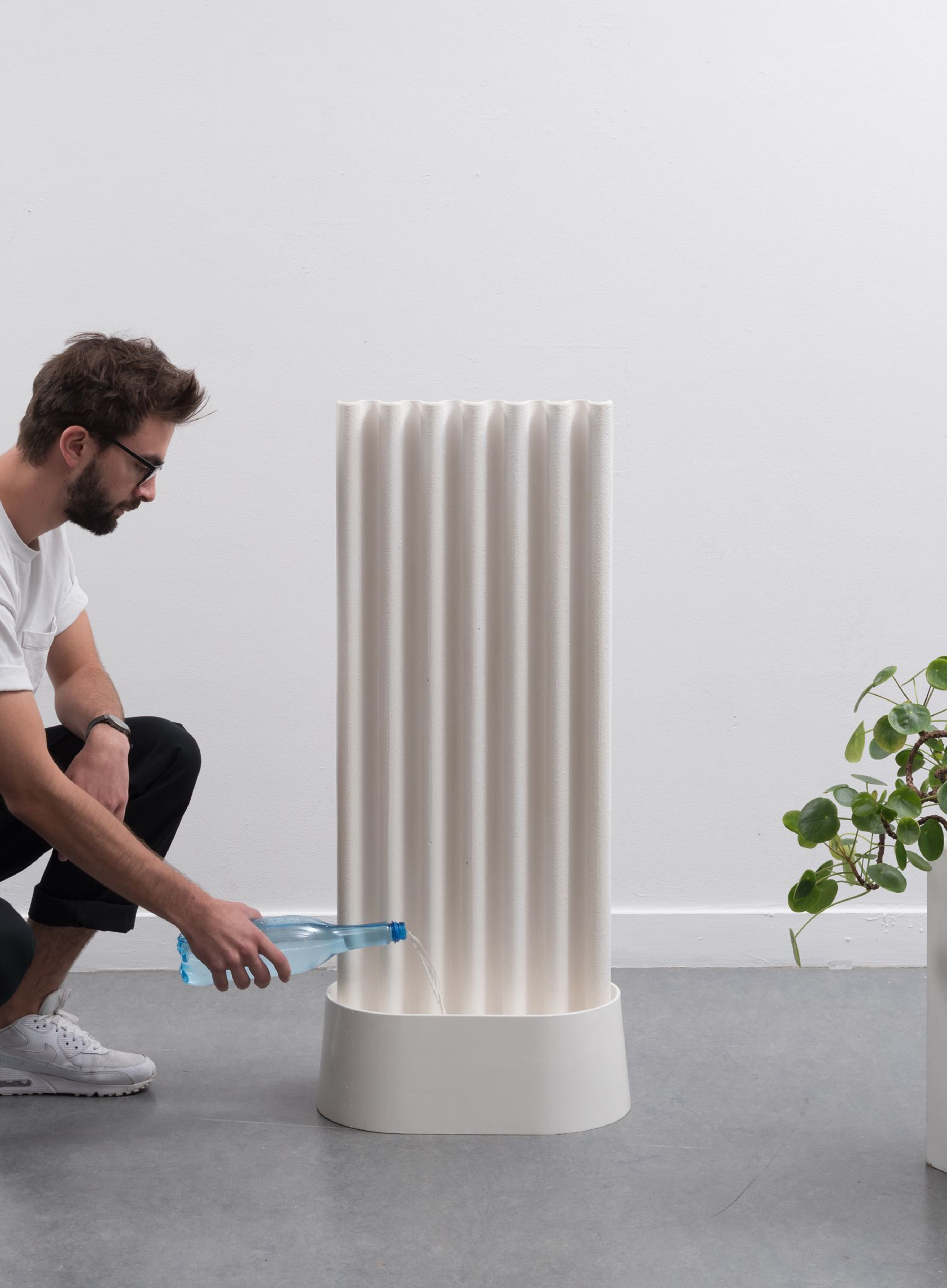
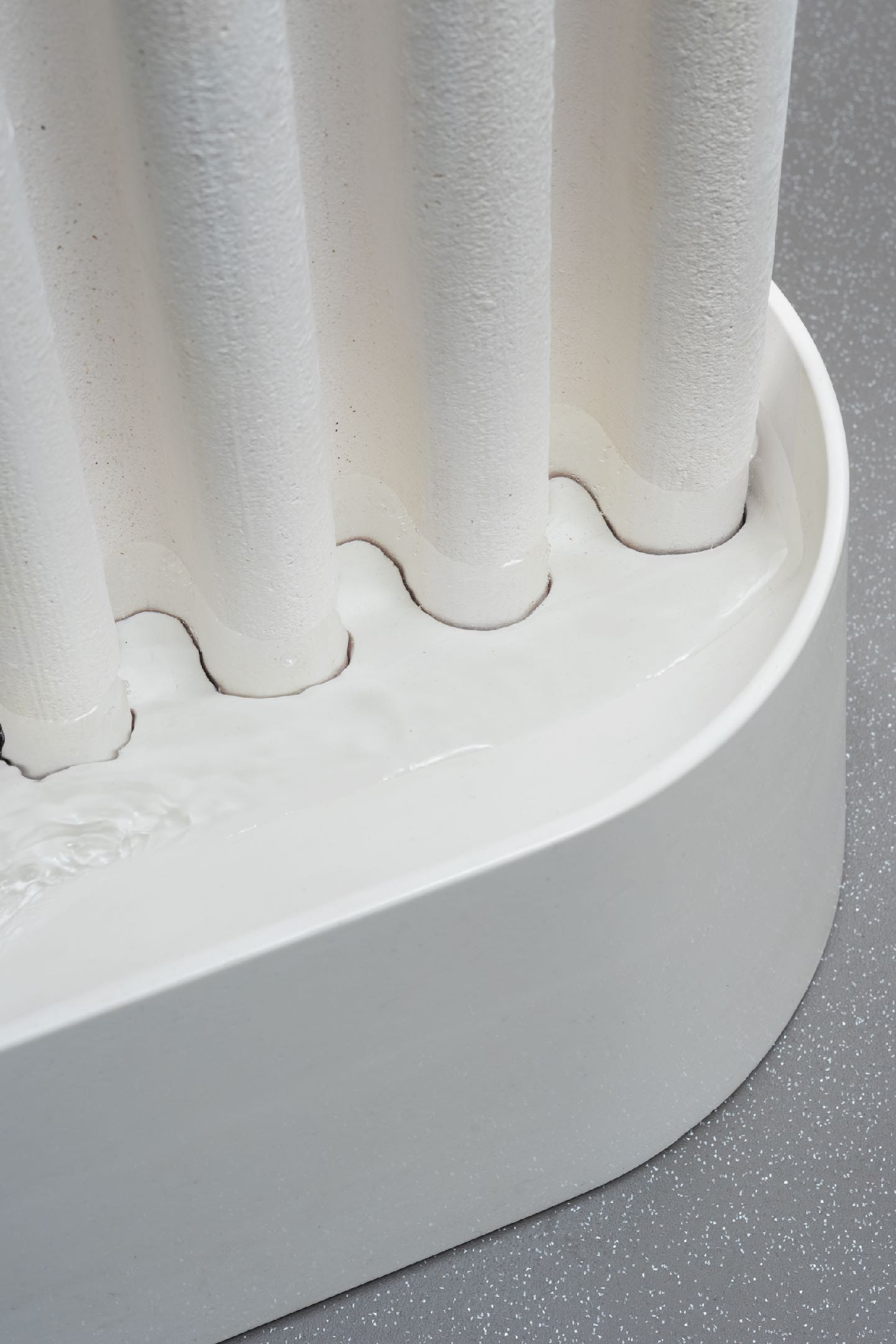
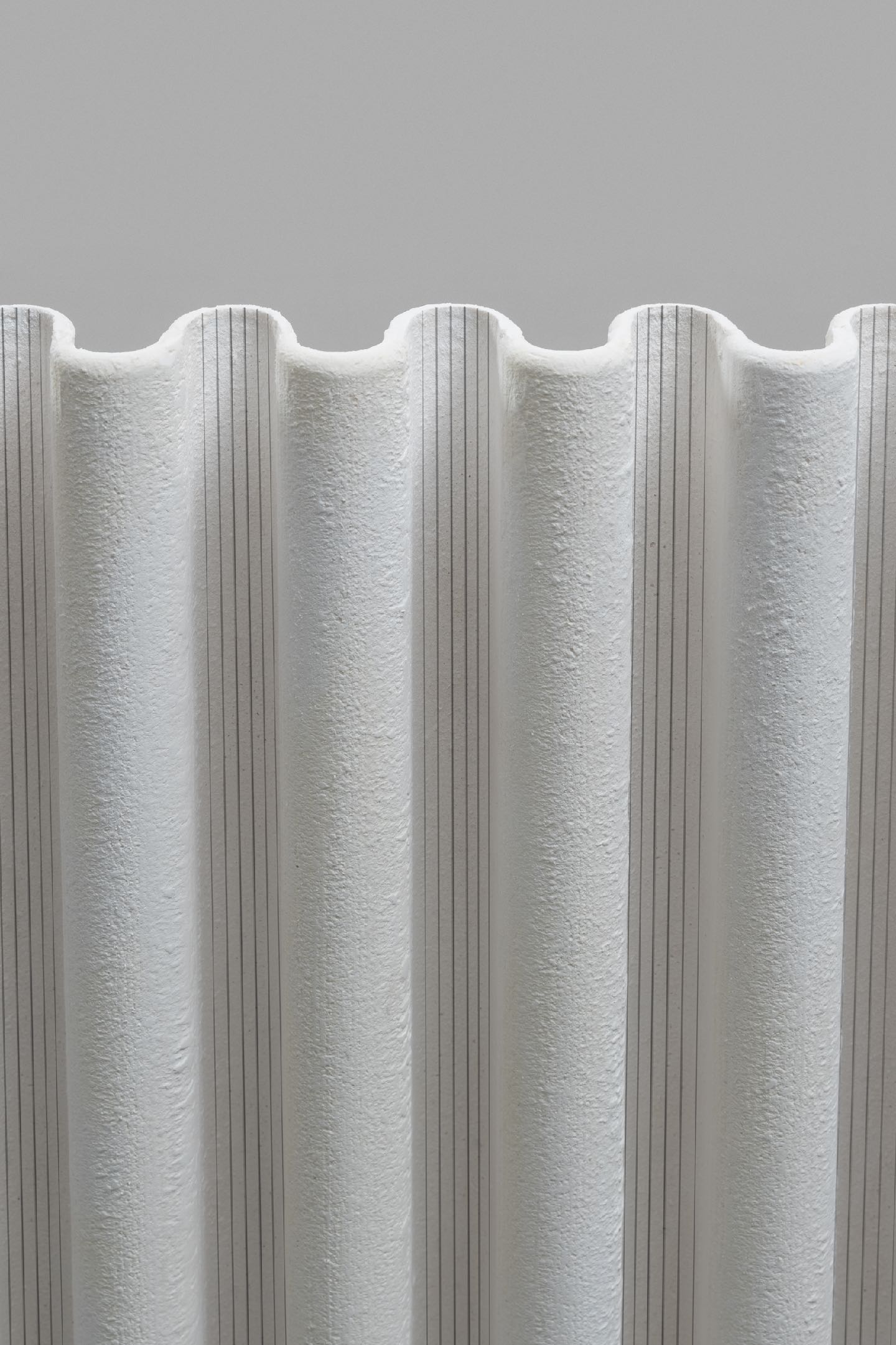
The wavy surface of the humidifier is made of this material. It gradually absorbs the water contained in the base, wich evaporates through its pores and moisten the room. Its wavy shape optimizes its surface in contact with the air for little space. Its design is a durable solution, compared to a classic electric air humidifier. It’s sized here to humidify large rooms without electricity. In a living room, it’s design gives him a decorative status.
-
The process
I started the project with some simple experiments around capillarity. I came to air humidification, with an idea : an object working without electricity able to moisten a room.
José Bico is an engineer and a doctor in physics. He’s specialized in capillarity and fluid mechanics phenomena. He’s part of the PMMH laboratory at ESPCI, Paris Industrial Physics and Chemistry Higher Educational Institution.
From a simple idea, José Bicot gave physical answers during the process, that helped to go from intuitions, to capillary action physics.
How does it moistens a room ?
Materials and capillarity


![]()
Earthenware is a natural material that has a good water absorption without decomposing, and which, unlike fabrics, is strucural with fin thicknesses.
Porous material and capillarity experiments









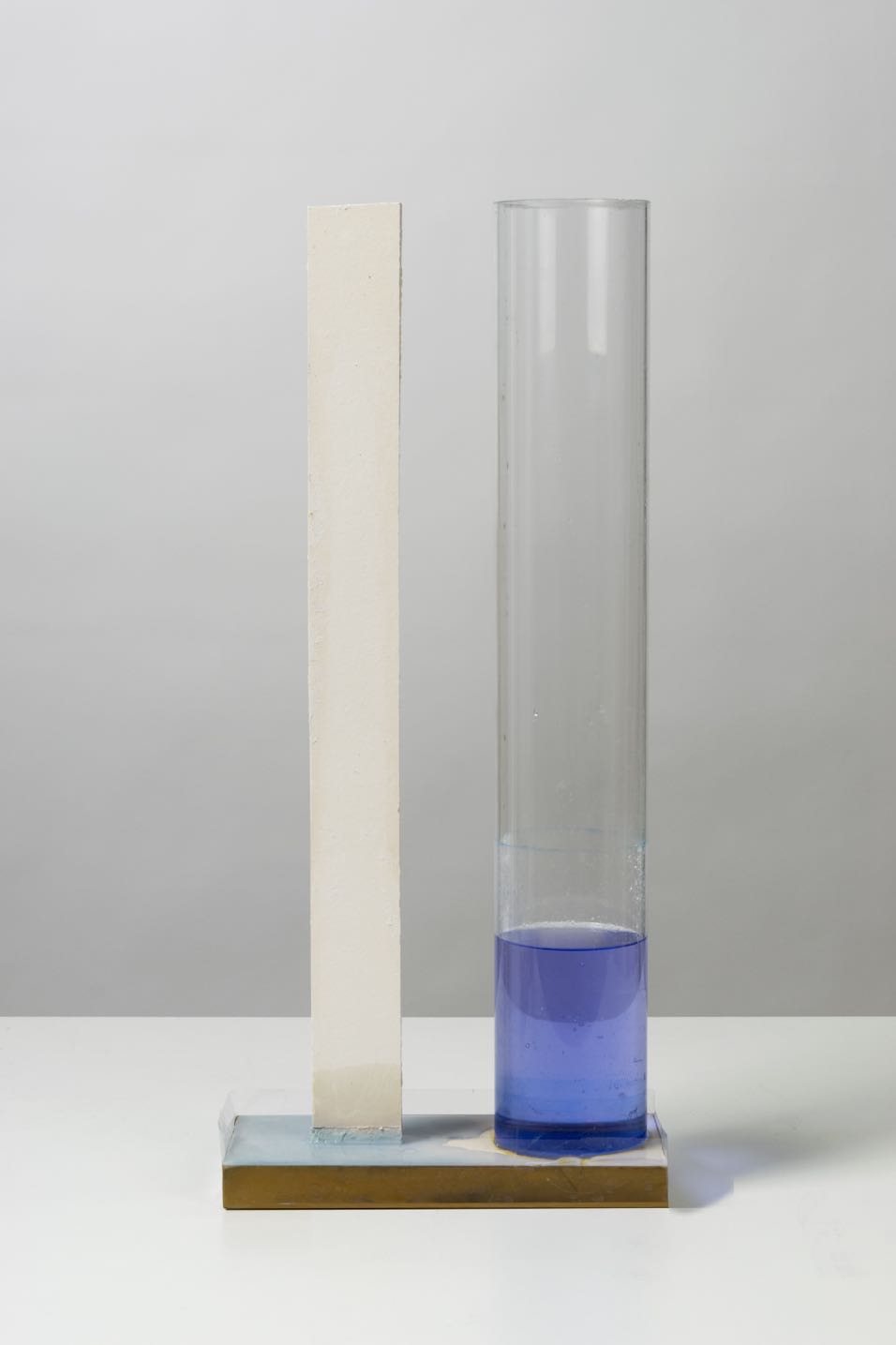
Understanding porosity and capilarity physics
Earthenware and capillarity experiments with Pierre Levy,
ceramist in Paris.
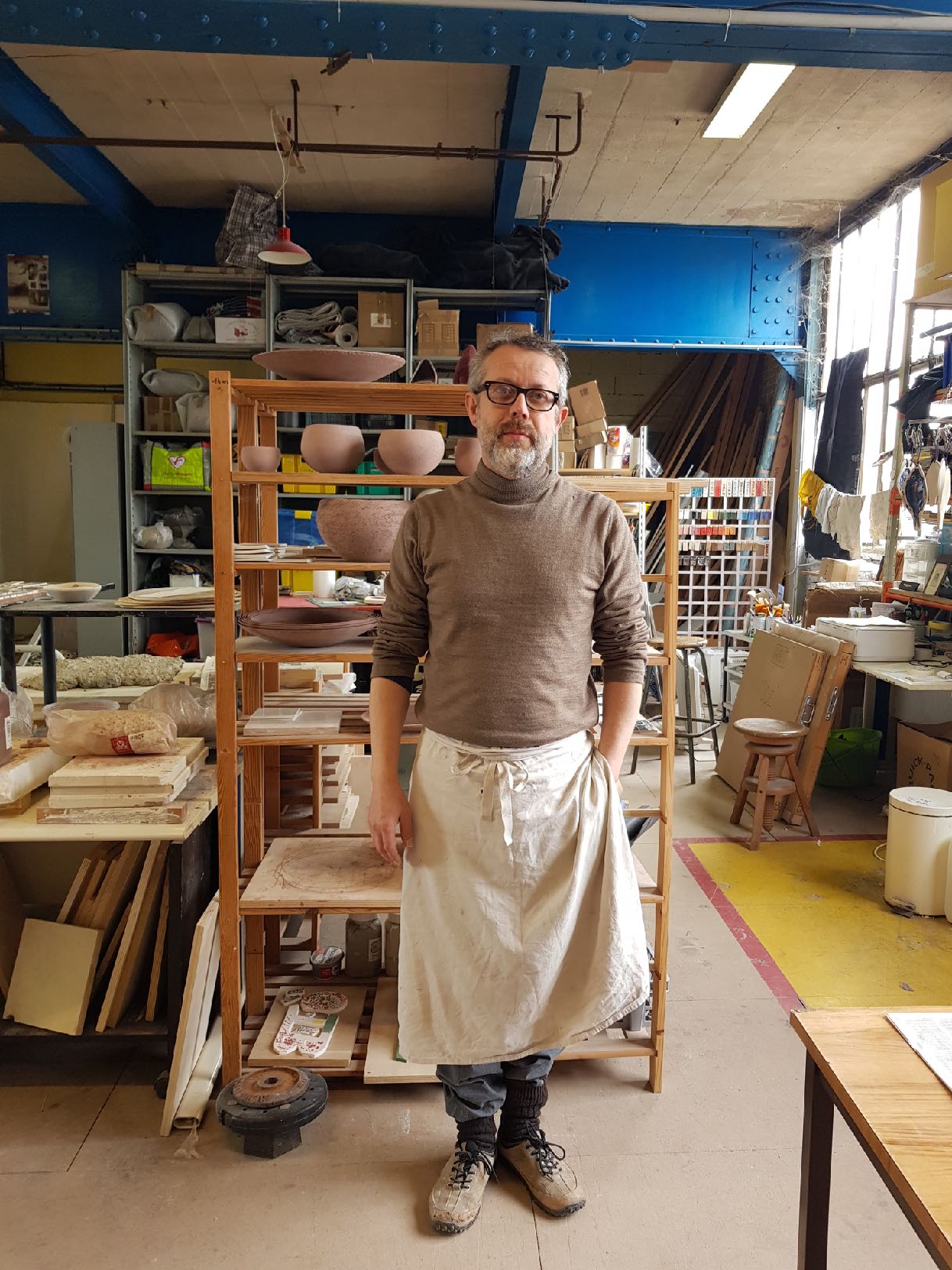
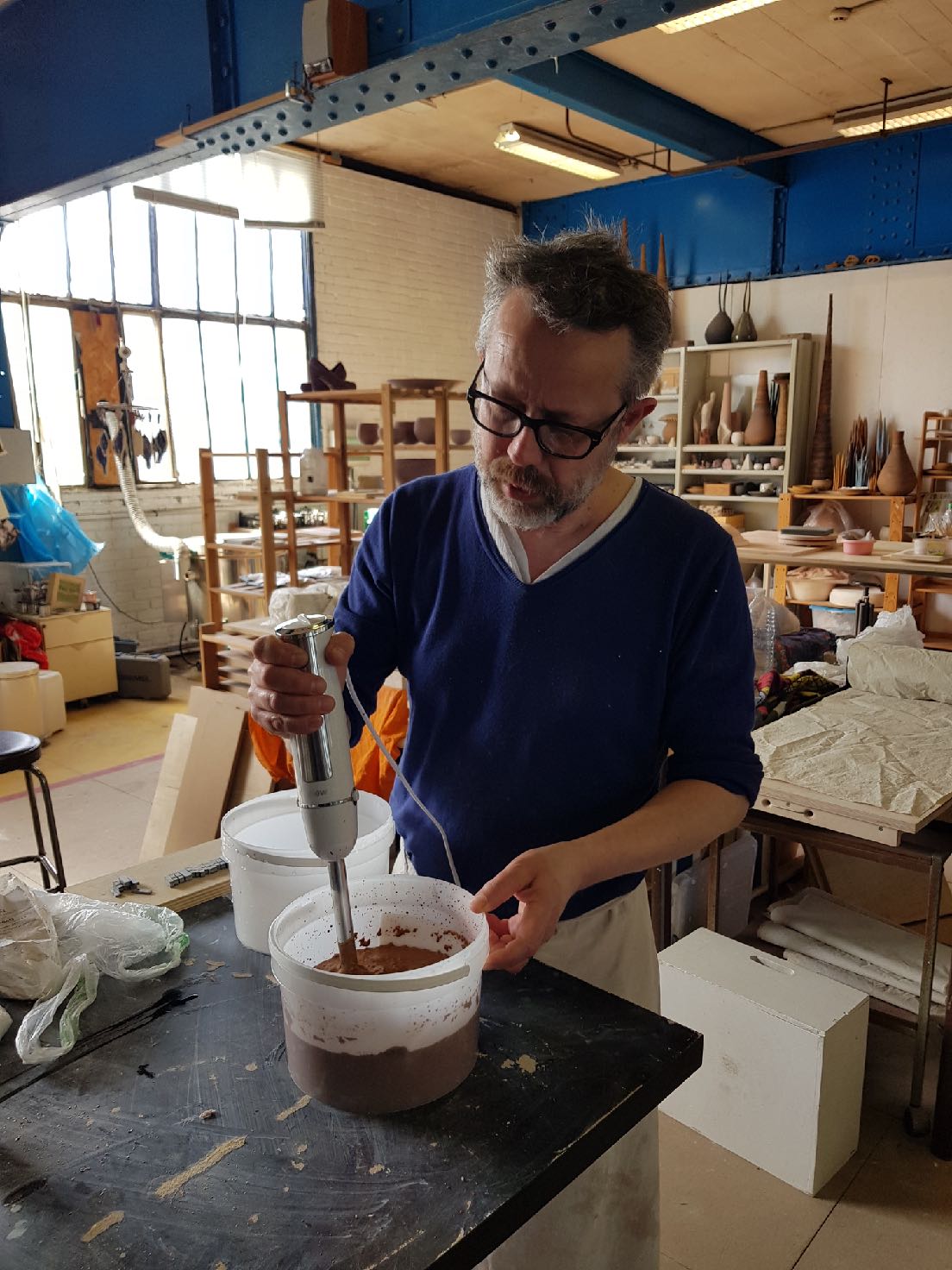
The paper burns during the firing. On the surface, the material keeps the texture of the paper pulp. Inside the porosity is modified, as José Bico suggested it, there are both fine and large pores. It makes this composite clay a porous earthenware that as a much faster absorbtion.
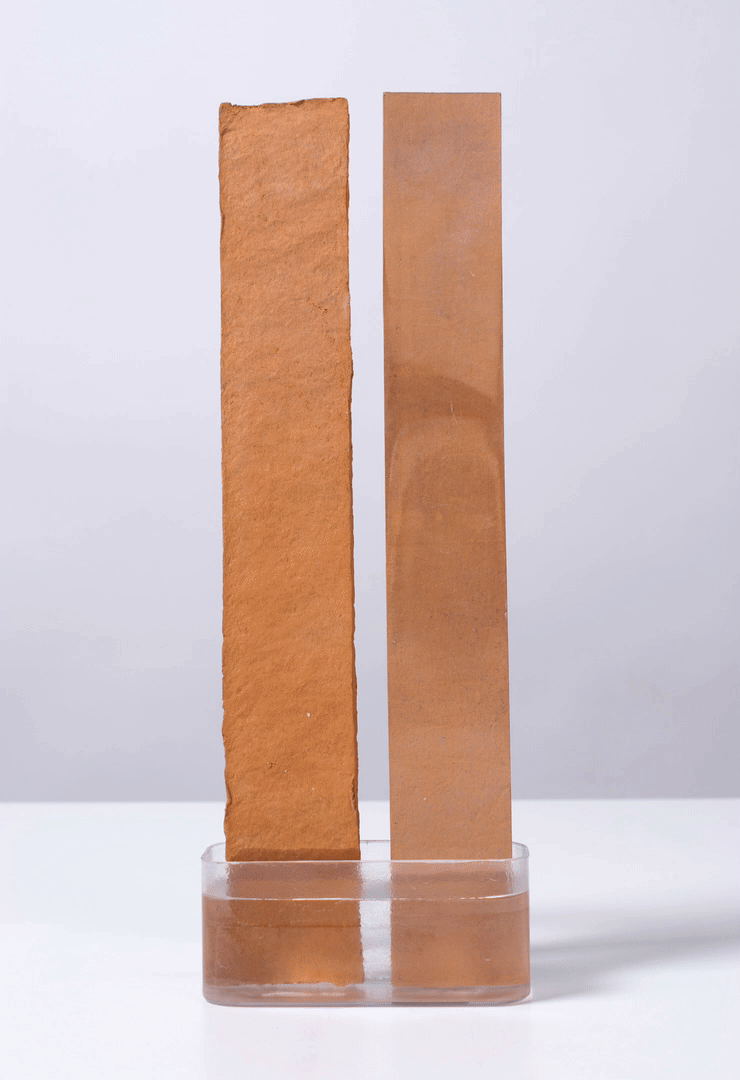

Shape and capillarity researches
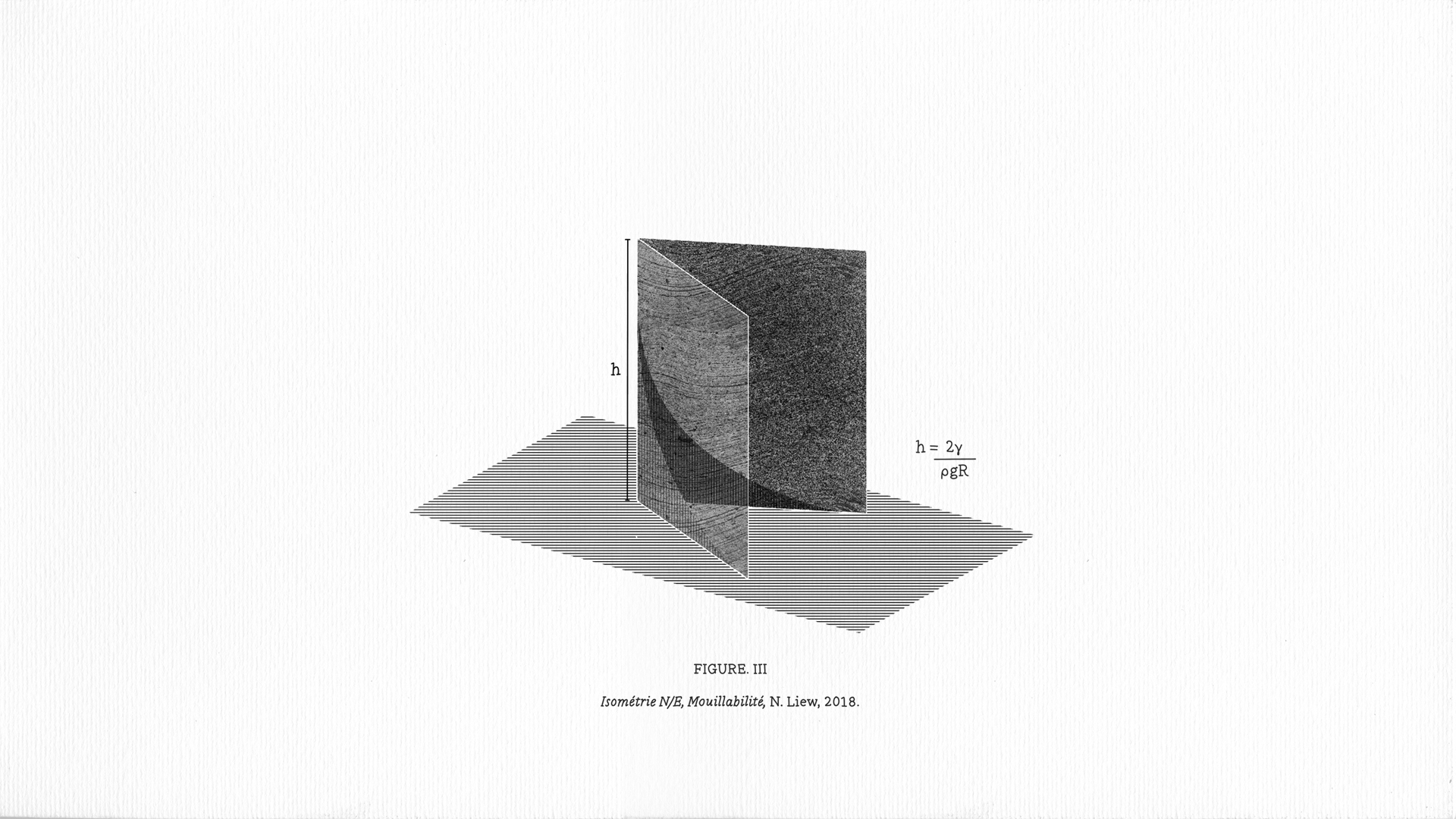
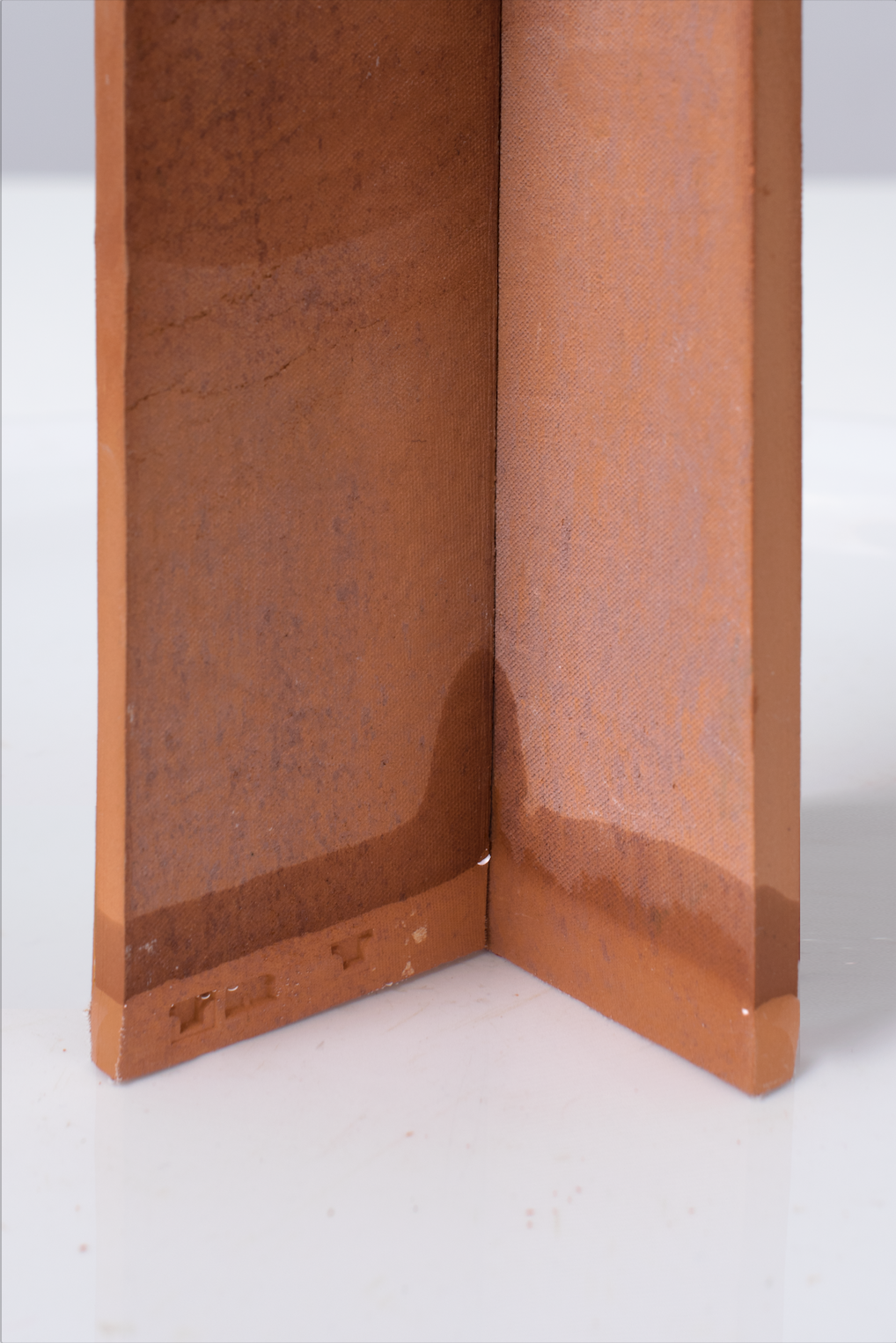
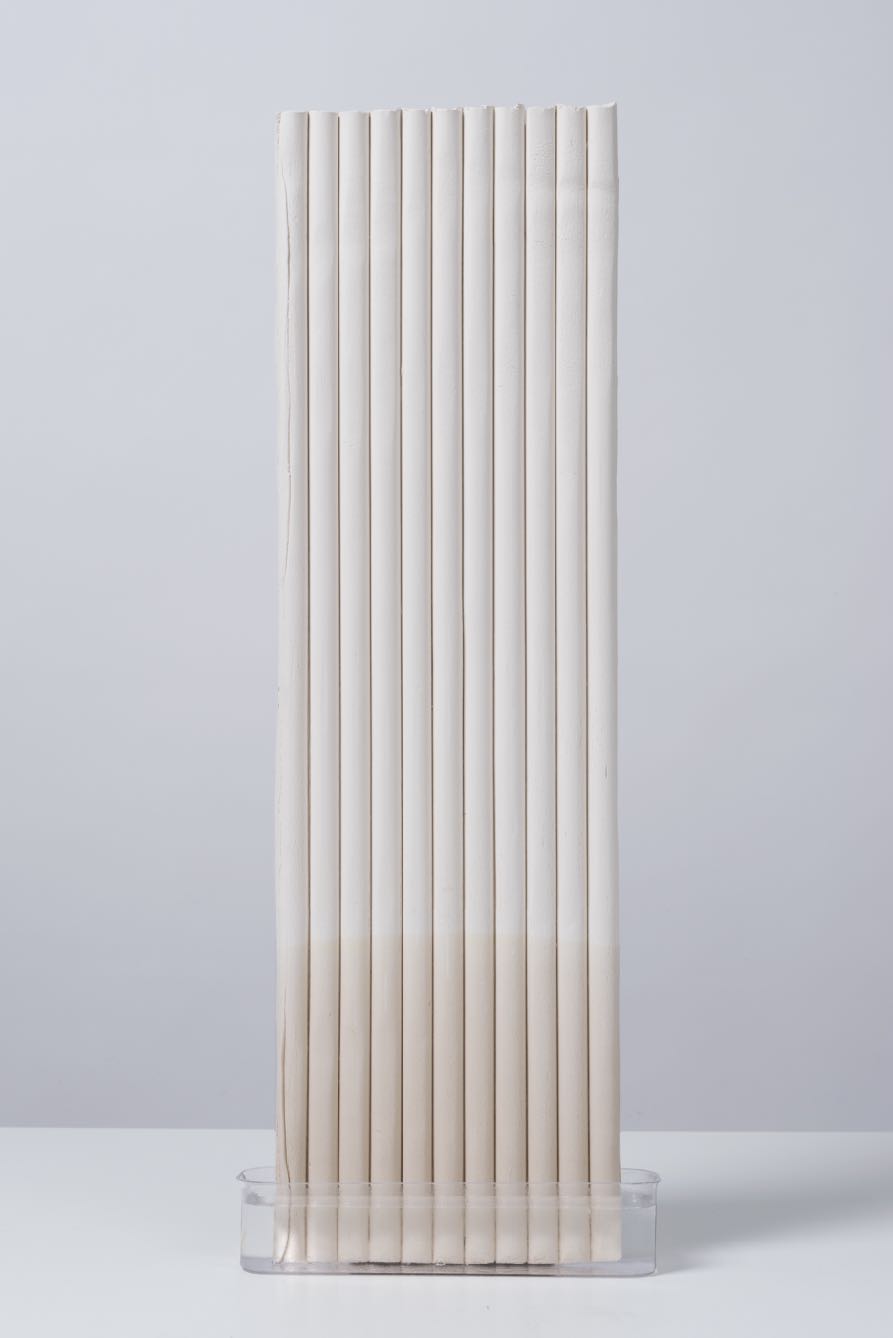

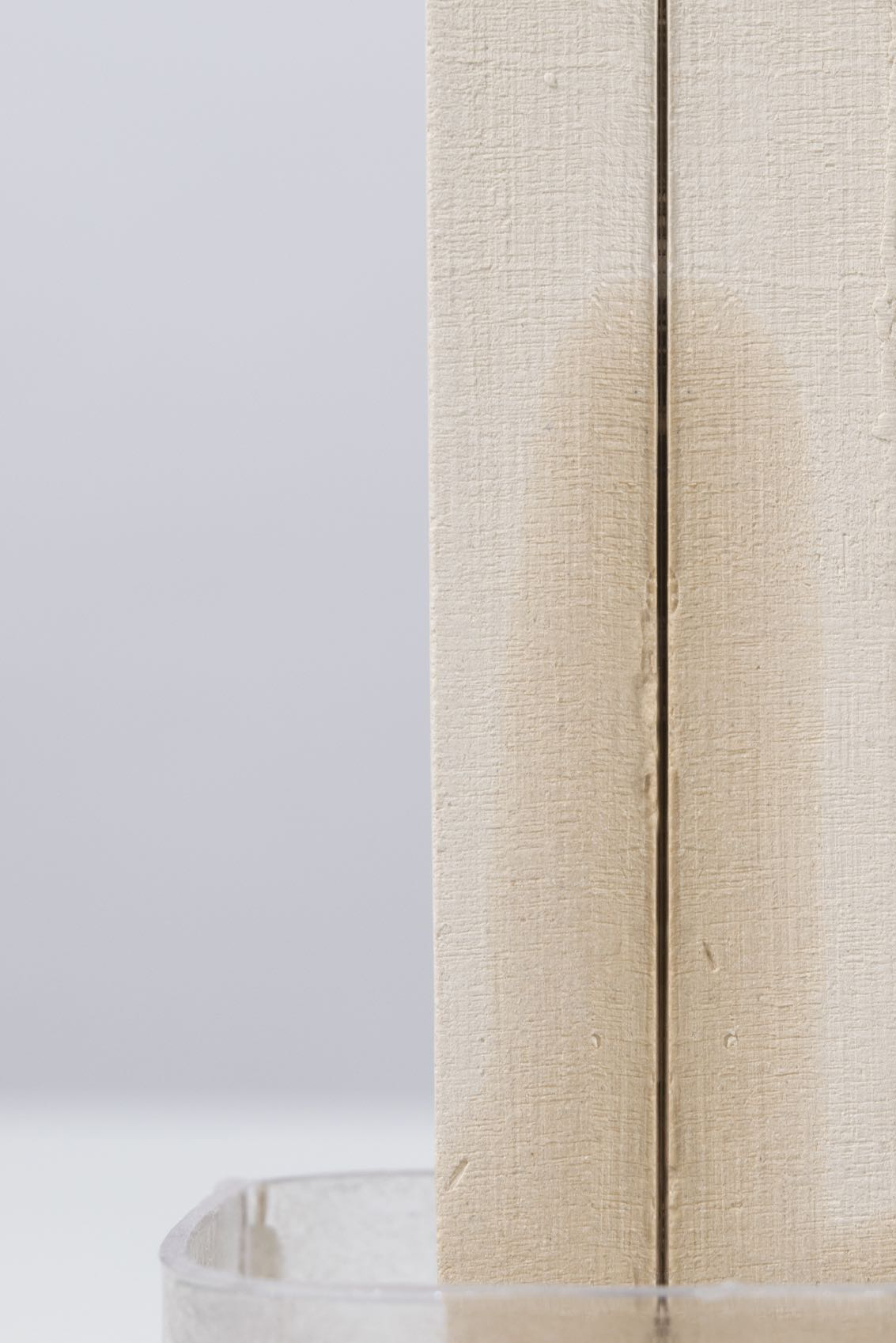

The acute angle allows the water to rises. In order to obtain the sharpest and most regular angle, cut grooves is the most efficient technique. The sharpness comes from the tool that grooves the earthenware once it’s dry.
Specific surface area researches
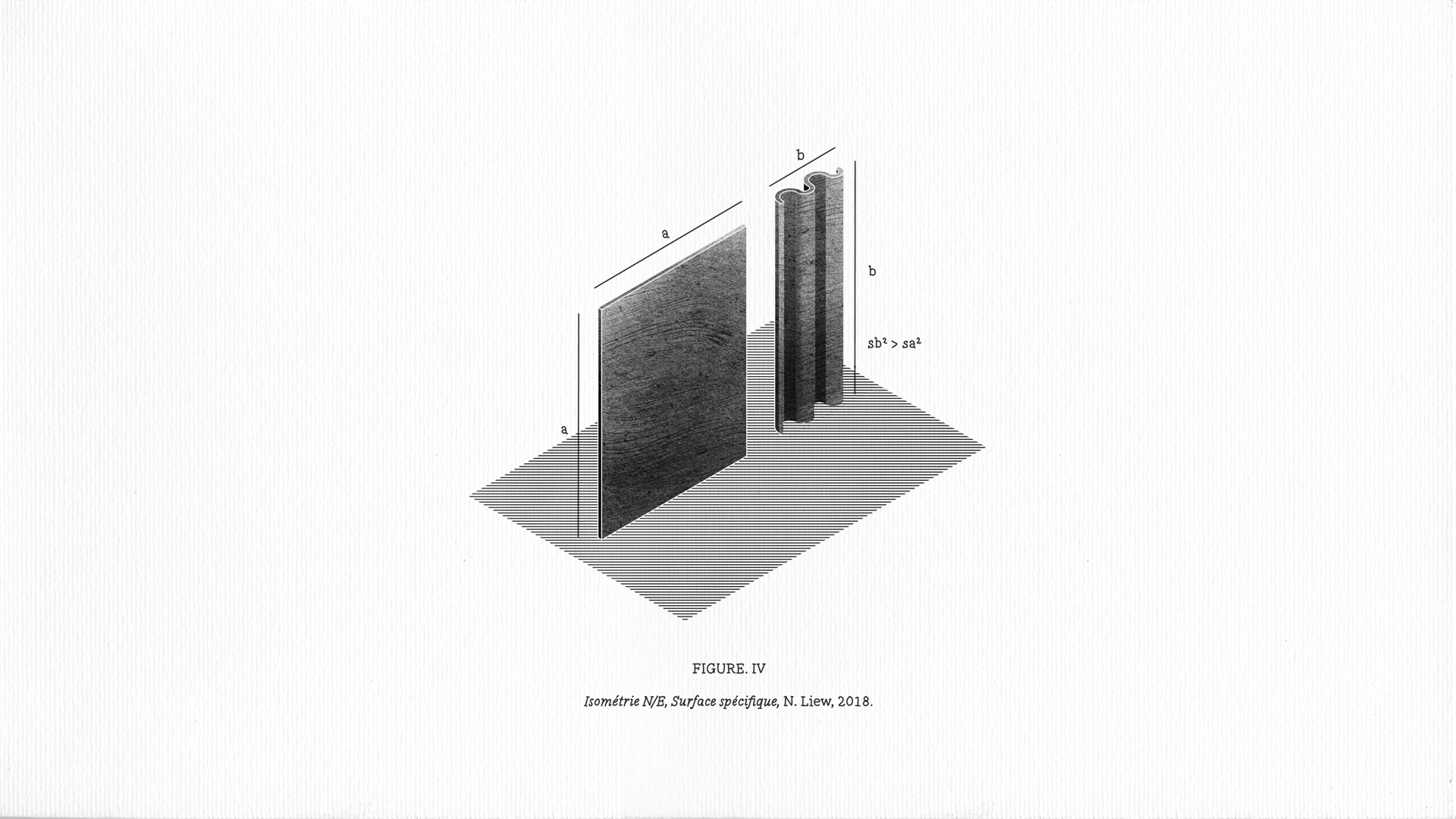
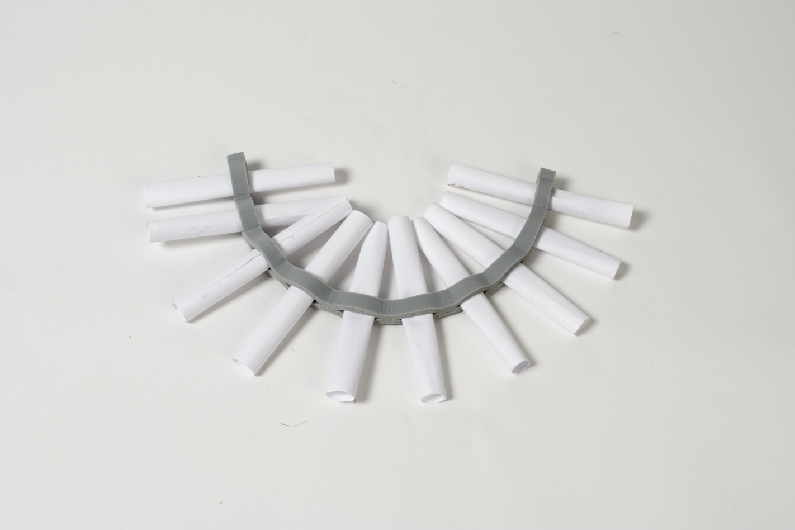

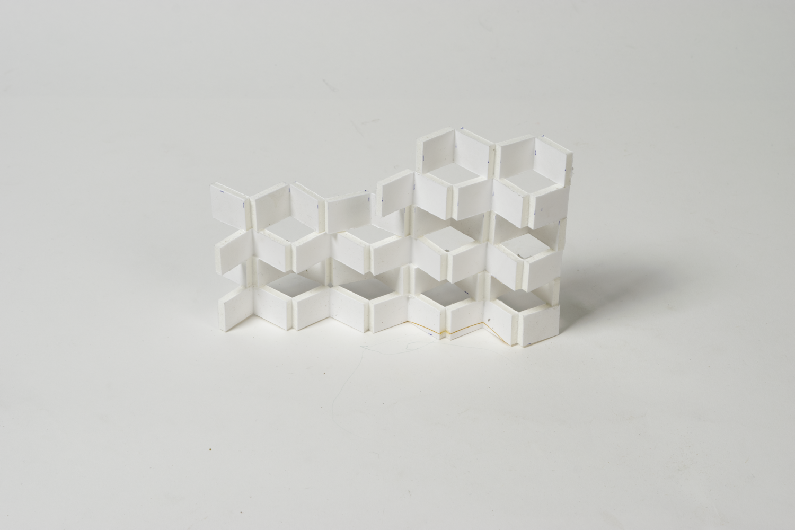

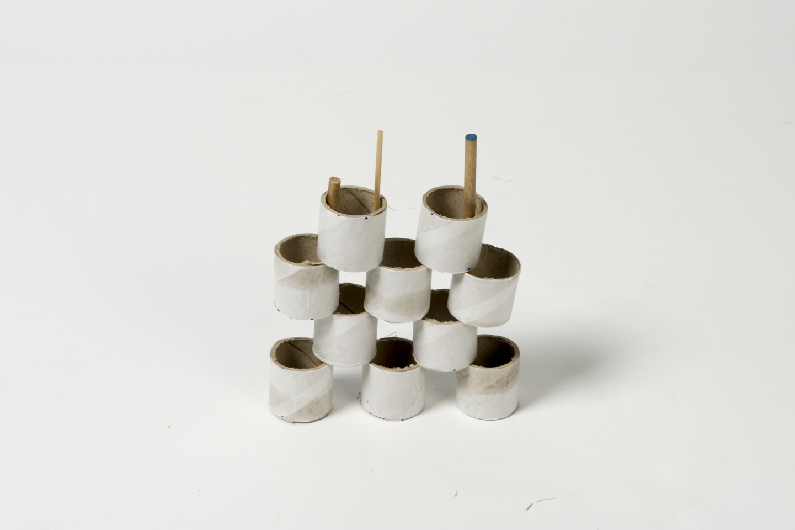

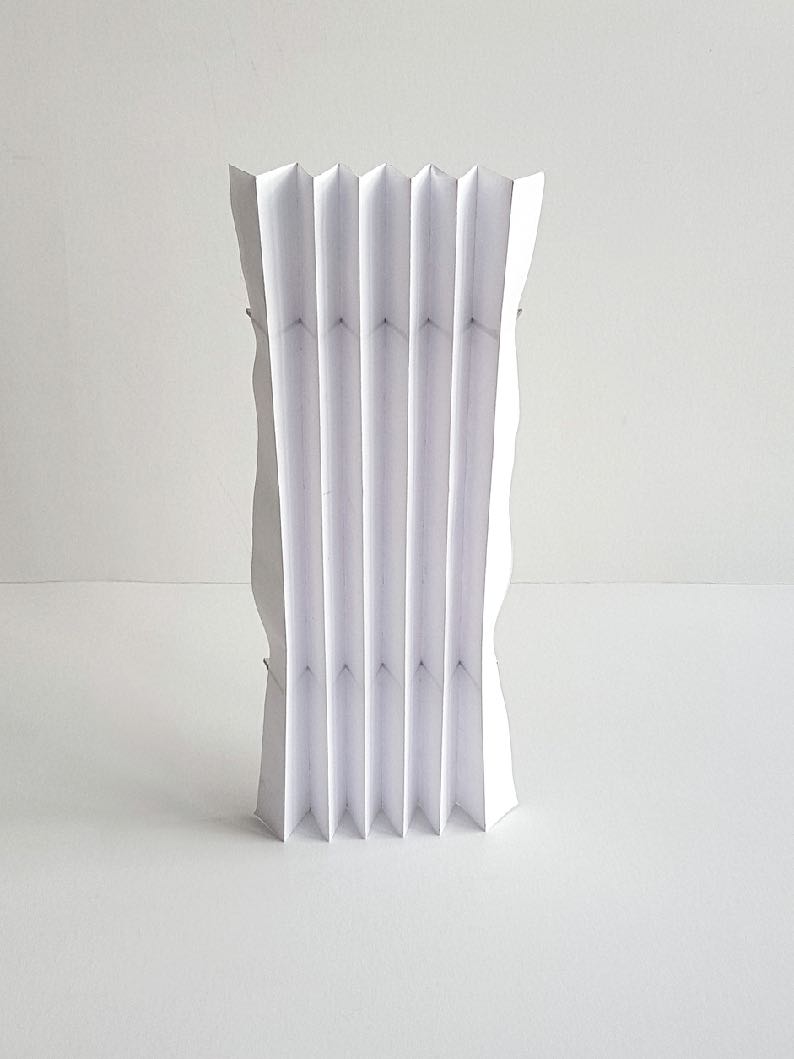
The ripple, in addition to increasing the surface, refers to an imaginary of diffusion



